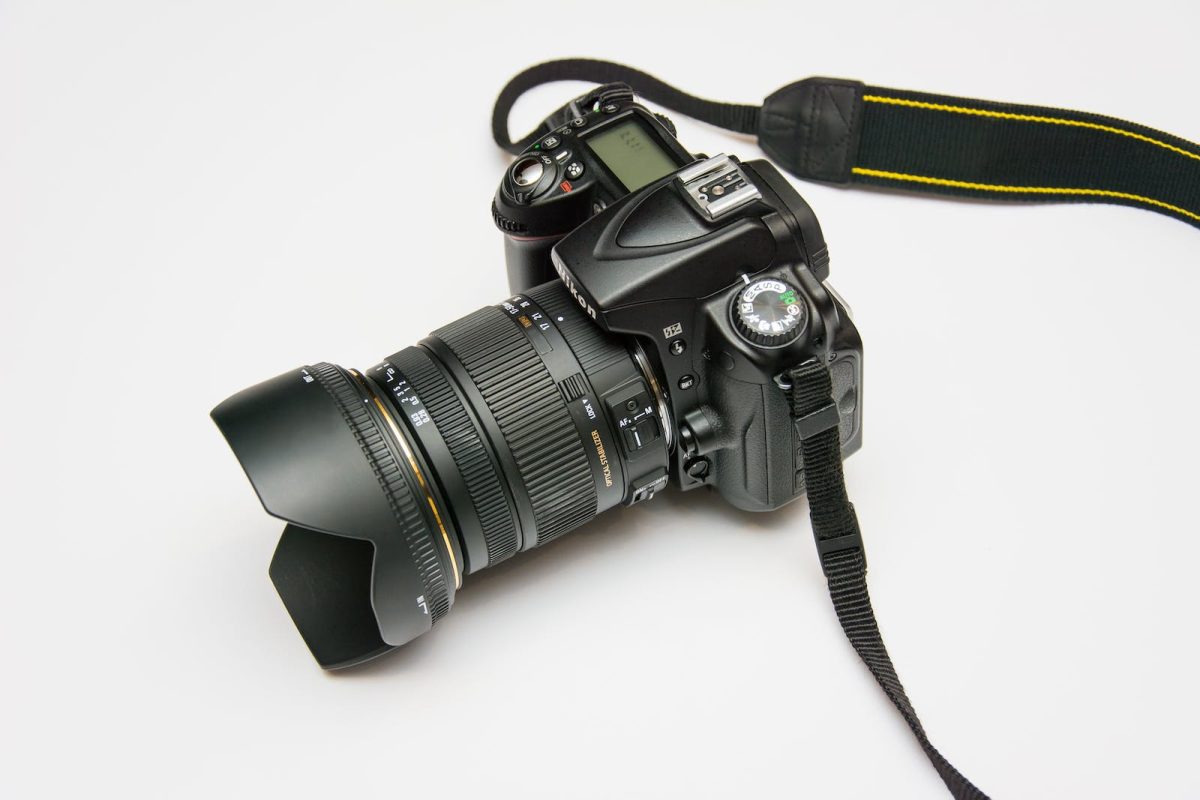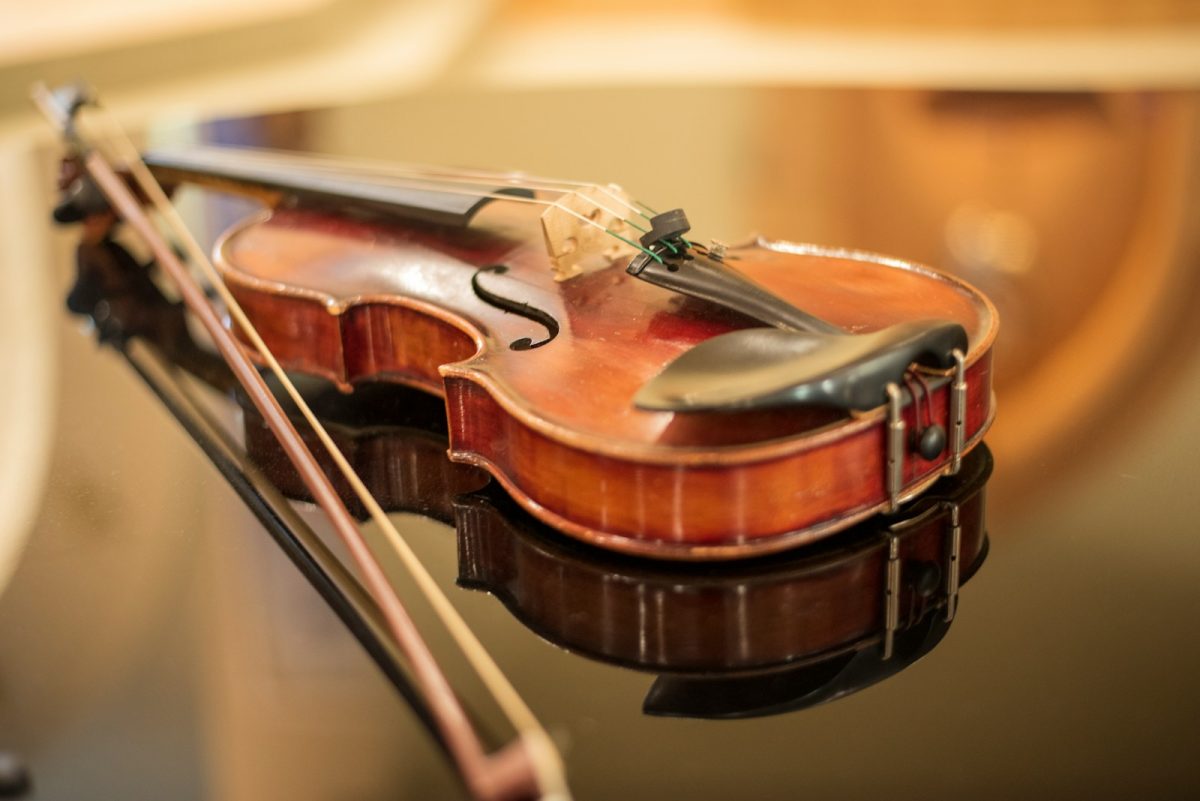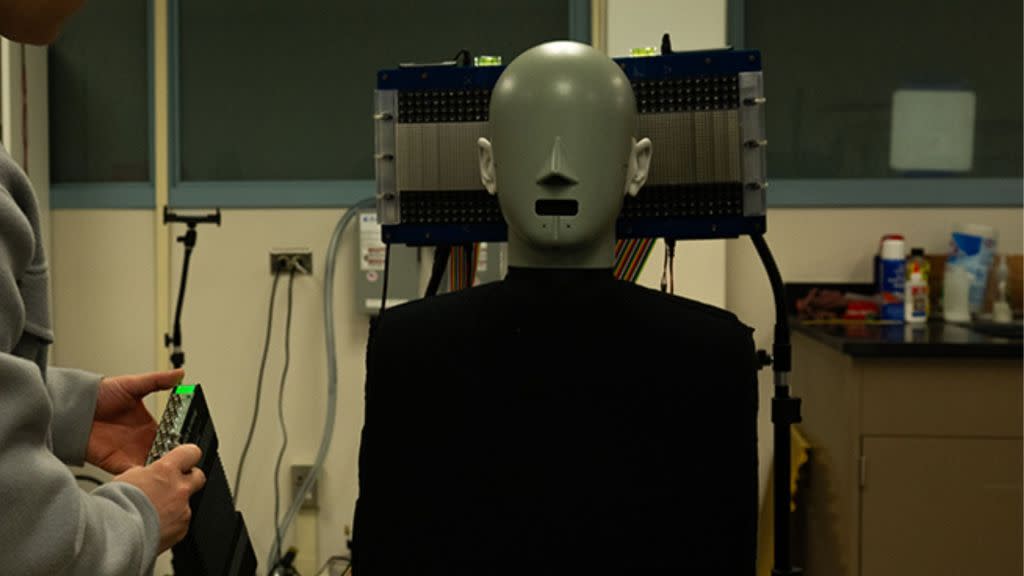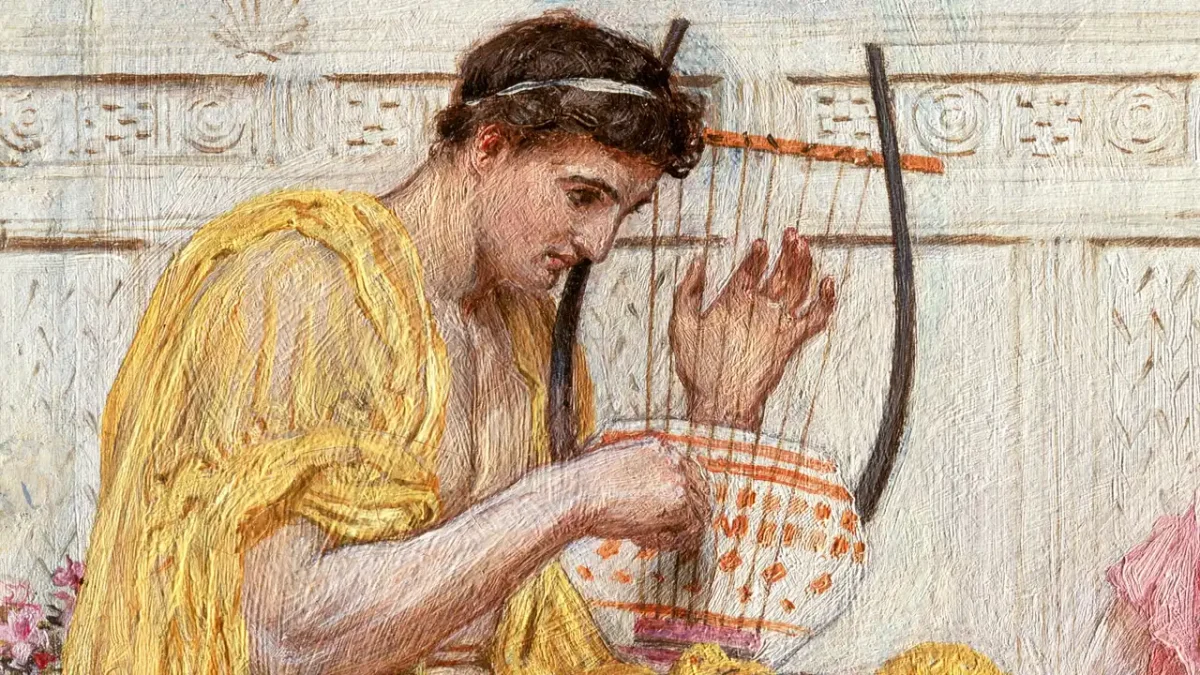On top of Tumamoc Hill in Arizona there is a camera, but unlike traditional cameras, which take photos in less than a second, this camera will take a long exposure photo of the surrounding desert landscape of Tucson over a millennium or 1000 years.
Due to its long exposure, it will show how the area has changed over time. Some parts will fade as they change, and turn into “ghosts” as the scenery changes.
This camera was designed by an experimental philosopher Jonathan Keats and his team from the University of Arizona College of fine arts. Keats hopes this will be a “a form of communication across generations”
The design consists of a copper cylinder. On one end, there is a thin sheet of 24k gold with a very tiny hole in it. On the other end of the cylinder, it is coated in a pigment traditionally used for oil painting called rose madder. He decided to use this instead of a digital or film camera because “nobody’s going to remember to change the batteries after 300 years if you have a digital camera [and] in 1,000 years people might not know how to develop a physical photograph.” This is a version of a simple pinhole camera, which has also been around for about 1000 years.
It is attached to a steel pole looking out over the neighborhood of Star Pass, and next to it lies a bench with nearby signs telling people that pass it to think about what might happen over the next 1000 years.
Although Keats is unsure about whether it will actually survive the 1000 years, he says, “So many things could go wrong and I think that regardless of what happens, it is an image of the world and how the world changes.”
RELATED STORIES:
https://interestingengineering.com/science/camera-will-click-photo-for-1000-years
https://nypost.com/2024/01/16/news/jonathon-keats-1000-year-long-camera-exposure-project/
https://newatlas.com/photography/millennium-camera-1000-year-long-exposure-photo/
TAKE ACTION:






